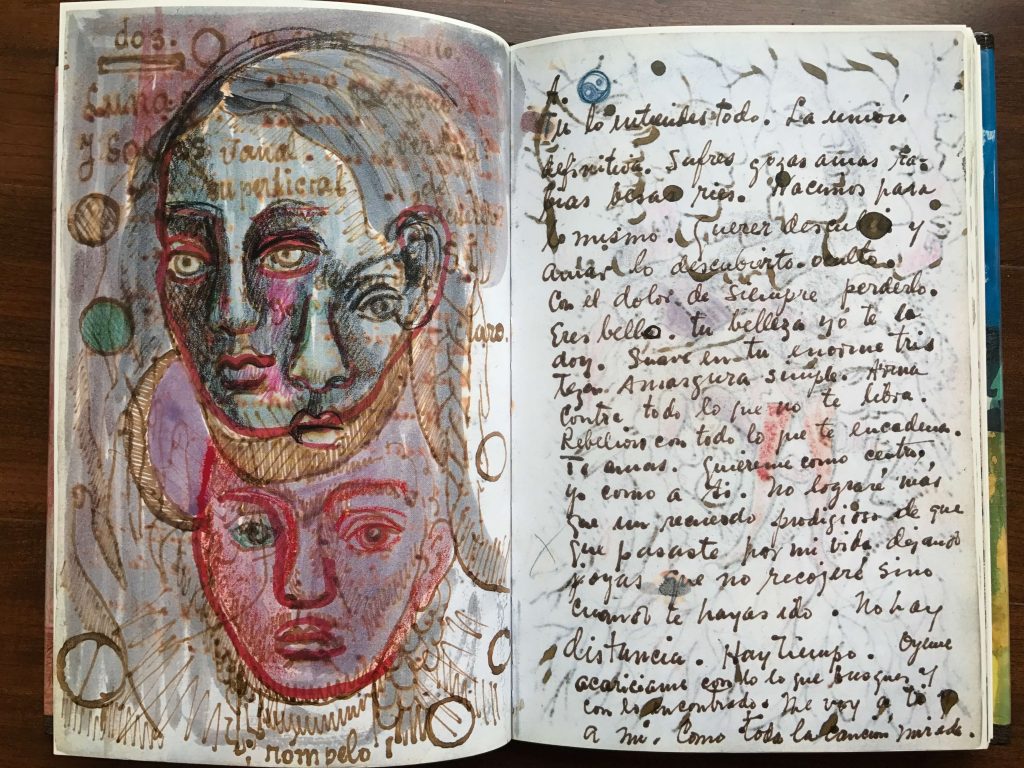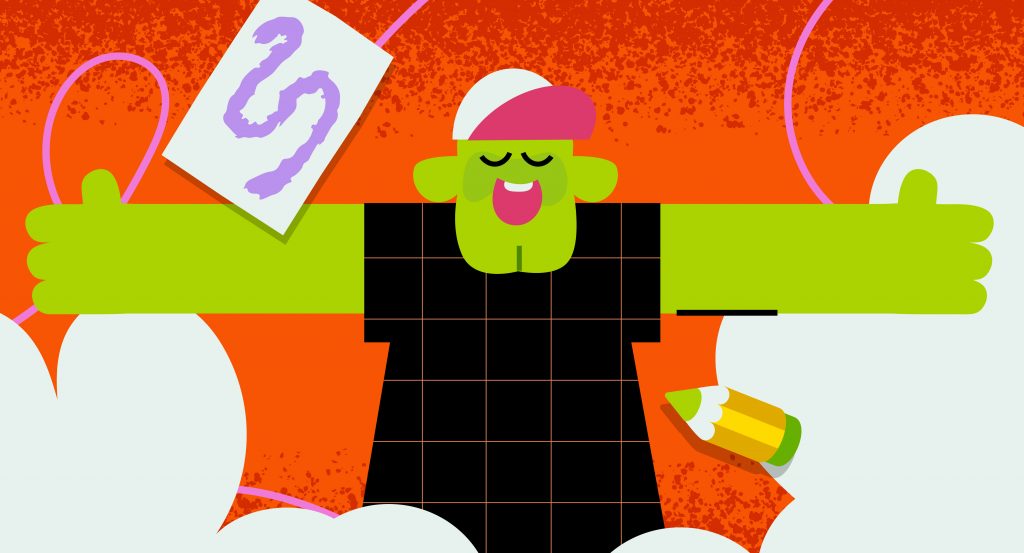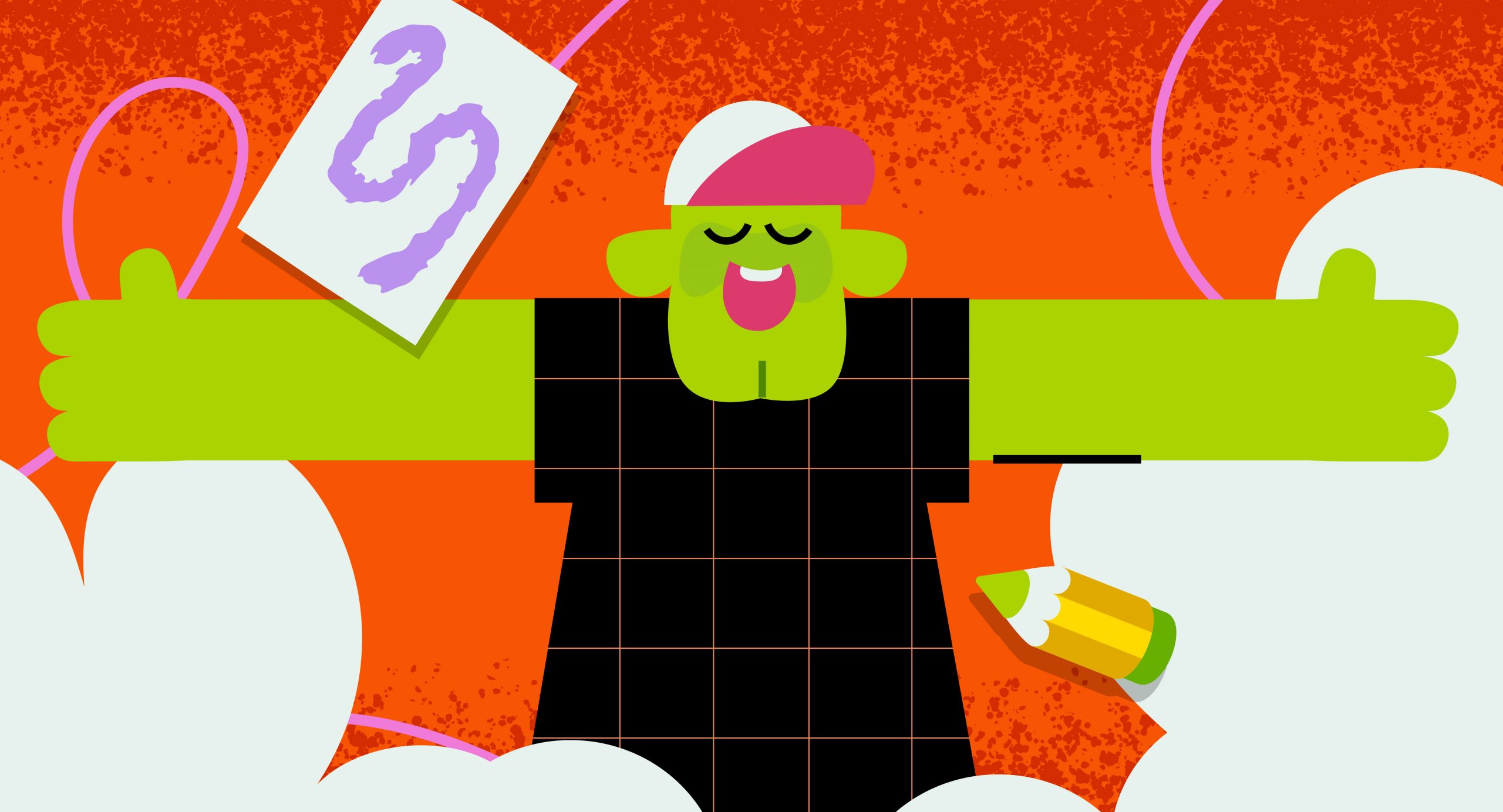You’re sitting at your desk, staring at your half-finished painting—you’re just not feeling it anymore. The desk is a mess, and three half-drunk cups of coffee are precariously balancing on the edges of some books (which you started months ago but left unfinished). You open your notebook, only to find pages filled with notes that don’t make sense. (Why did you write down the number 9003? And what’s with the name Heathcliff?)
Does this sound like a nightmare? Or just the reality of a creative mind? Creativity isn’t about following a straight path or achieving linear progress. This post isn’t about celebrating a lack of direction or planning but rather about accepting that some people need a pinch of chaos to thrive.

The Myth of Perfection
The pursuit of perfection can stifle creativity before you even begin. Great ideas often emerge through trial and error, mistakes, and detours. Overthinking at the start of a project can be paralyzing—while brainstorming and research are crucial first steps, at some point, you have to take the leap and start.
A great way to encourage creativity is to establish open brainstorming sessions (either with your team or alone), where no idea is dismissed outright. The filtering and refining can come later. This way, a bit of moderated chaos can fuel the creative process.
The Science Behind Creative Chaos
In 2013, Kathleen Vohs and her colleagues at the University of Minnesota conducted an experiment on how messy versus clean environments impact creativity. They found that participants in messy rooms came up with more creative and original ideas than those in neat, organized spaces. Disorder can actually encourage people to think outside the box.
So, what better excuse to embrace the little chaos on your desk? (And perhaps rethink those strict „clean desk“ policies at the office!)
Neuroscientists John Kounios and Mark Beeman (2006) studied the brain’s insight process using EEG scans. They found that the left hemisphere employs a more structured approach, solving problems methodically, while the right hemisphere relies on nonlinear thinking, leading to unexpected insights and „Eureka!“ moments. Their research revealed that creative insights often arise from random neural connections rather than step-by-step logic.
The Role of Failure
And sometimes, it’s okay to fail. In fact, I’ll give you permission right now to abandon that painting you’re no longer feeling inspired by. Many of my own paintings never made it past the planning stage simply because I wasn’t satisfied with them. But that doesn’t mean I won’t pick them up again in the future.
Often, I finish older pieces months or even years later when inspiration strikes again. We should stop seeing unfinished work as failure—it’s just part of the process. The momentum may have slowed, but you can always pick it up again. Keep a folder or sketchbook with all your unfinished art, drafts, and ideas so you’ll always have something to revisit when you need inspiration.
How to Keep It Together
Chaos is great, but too much of it can feel overwhelming. The key is finding a balance. Here are a few ways to stay creative without getting lost in the mess:
- Keep a „Brain Dump“ sketchbook for all your spontaneous ideas and doodles.
- Hold open-ended brainstorming sessions, where no idea is discarded right away.
- Organize your creative chaos—store unfinished projects in a folder to revisit later.
A little structure can help channel the mess in a productive way!

Celebrate the Mess, Trust the Process
Next time you feel overwhelmed by the mess, remind yourself—it means you’re in the middle of something great. Creativity doesn’t always follow a clear path, and that’s okay.
Think about your relationship with chaos—do you thrive in it, or do you need more order? How can you create the best conditions for your creativity to flourish? Most of all, don’t feel guilty if your process doesn’t seem straightforward.
A famous German proverb says: “Wo gehobelt wird, fallen Späne.” Literally translated, it means, „Where wood is planed, shavings will fall.“ In other words, whenever work is being done, there will be inevitable waste or unintended consequences.
So, embrace the chaos—it’s part of the creative magic.
Famous artist who thrived in chaos
Hi! I’m a freelance Illustrator and Designer from Germany!
For all the latest news in design and branding, plus free tools, helpful tips, and shop discounts follow my Blog. If you are interested in working together visit my portfolio or learn more about me here.

